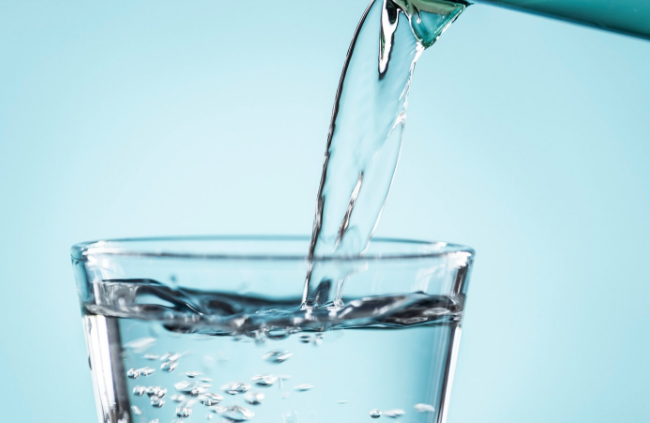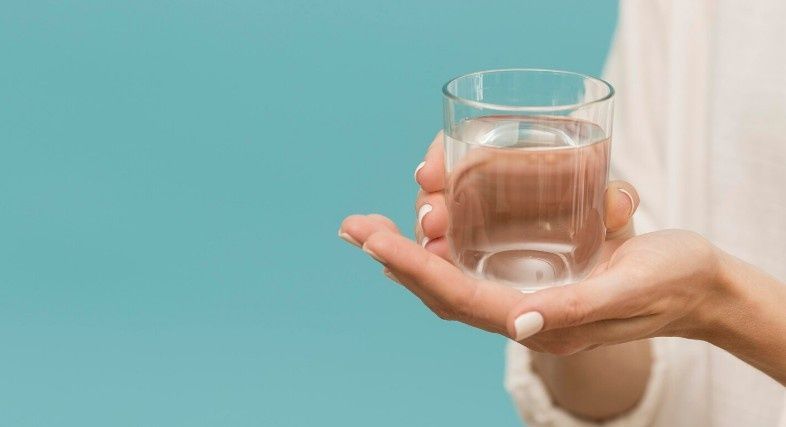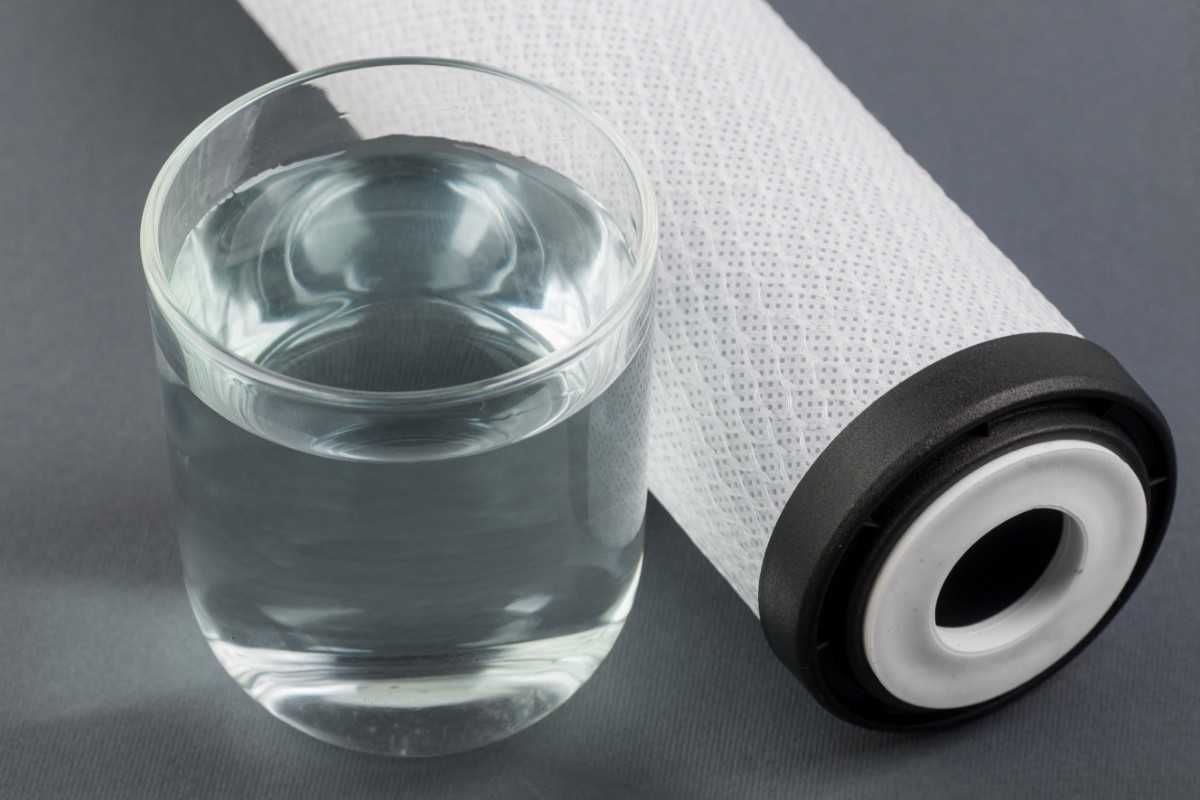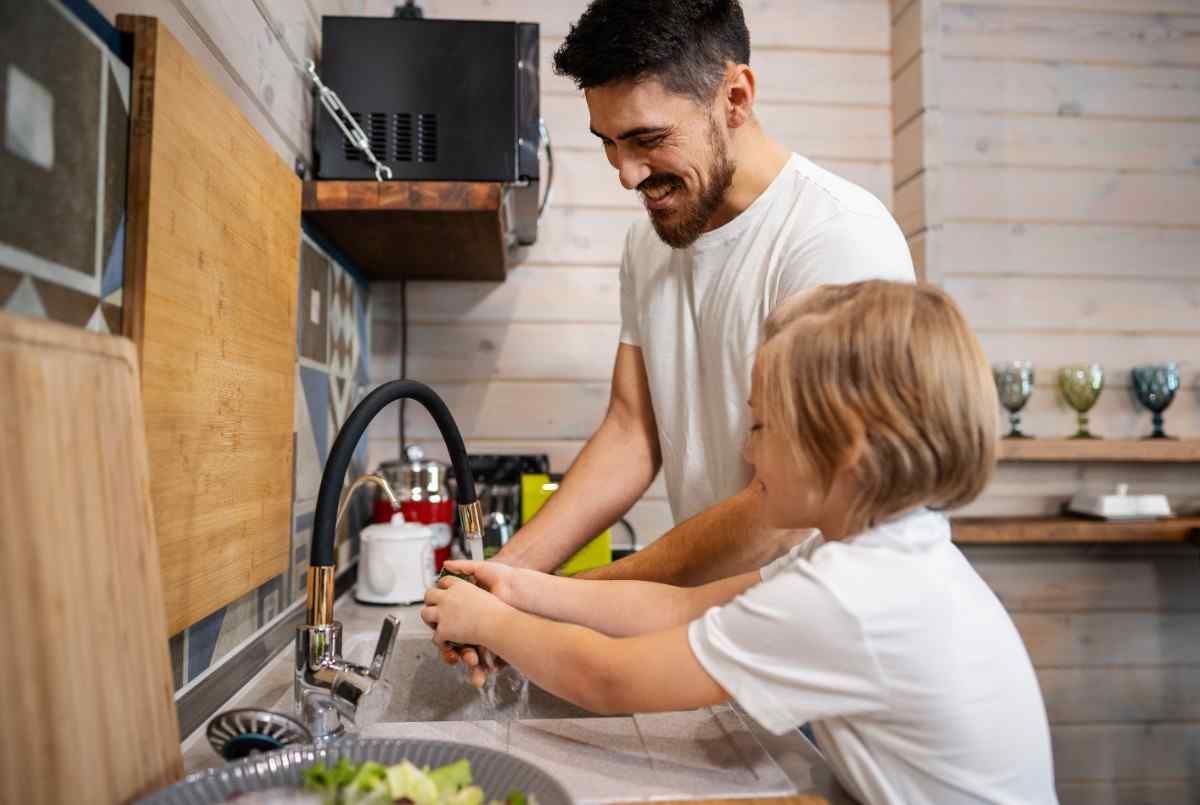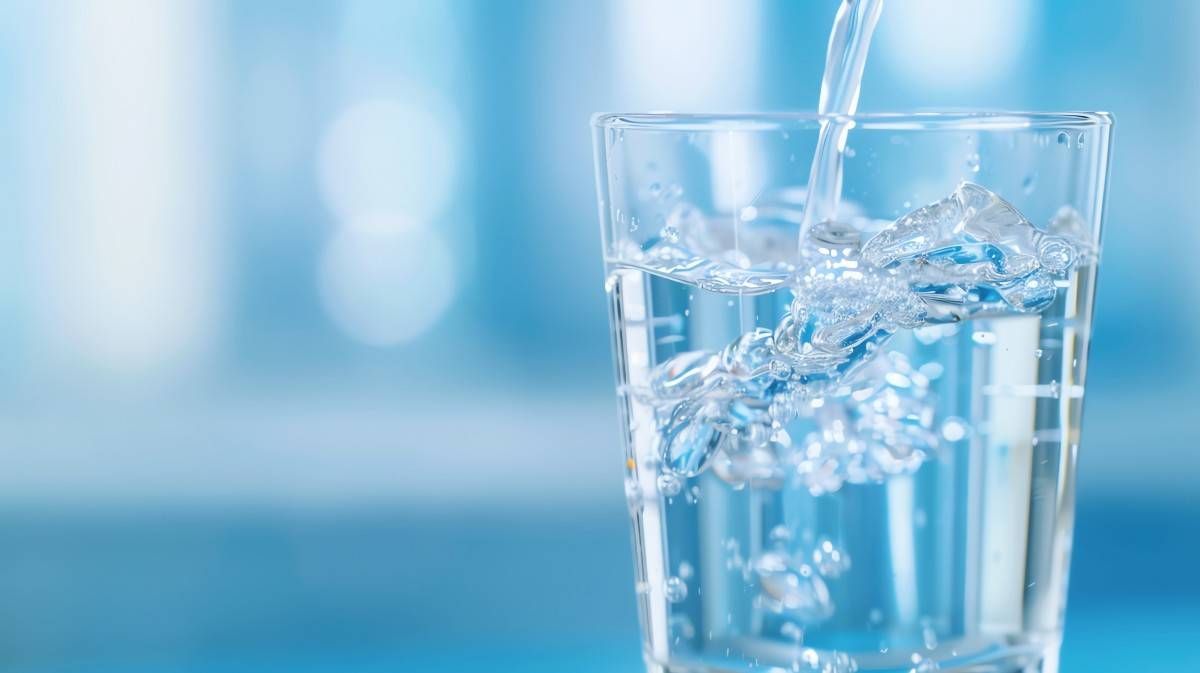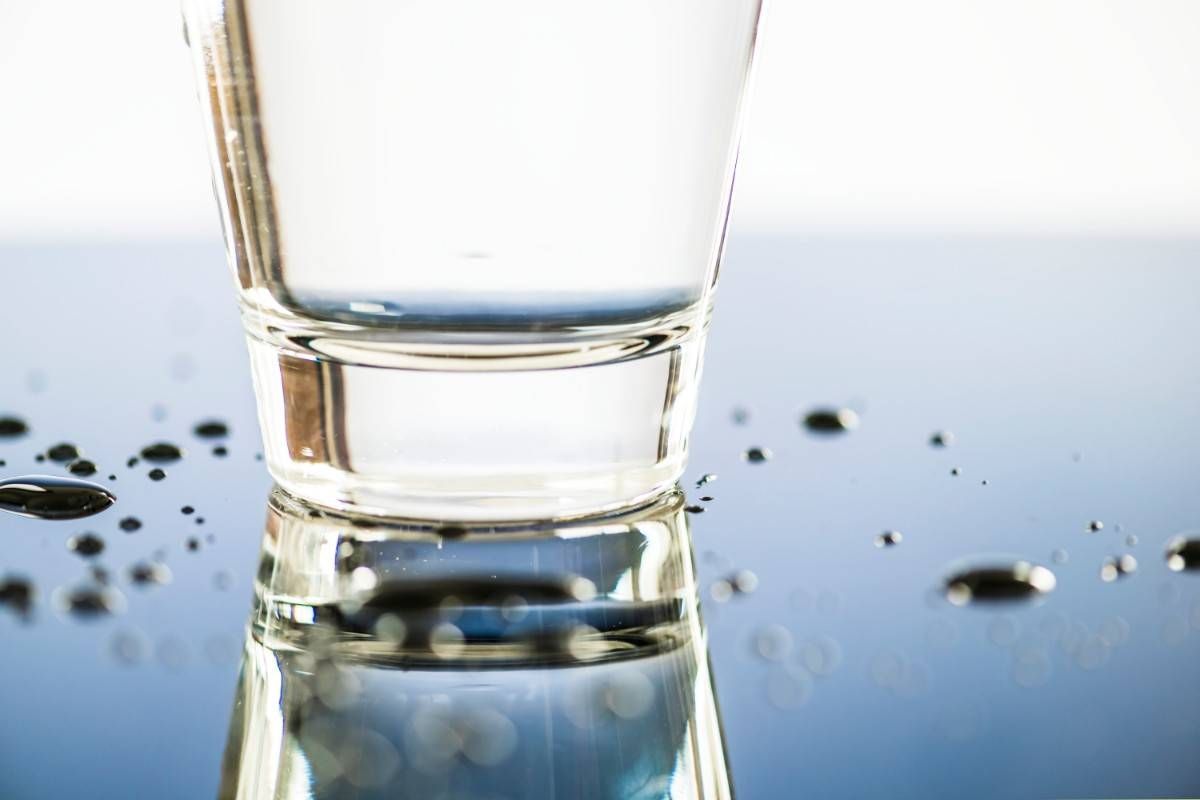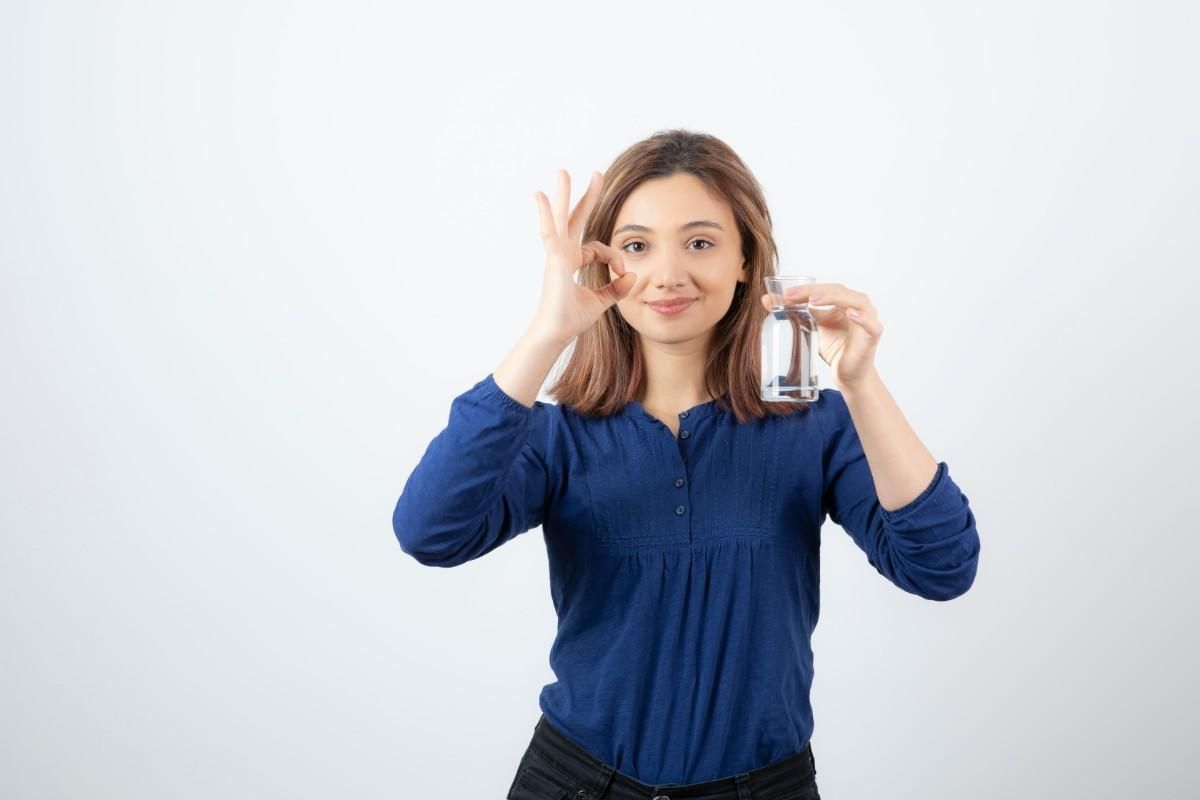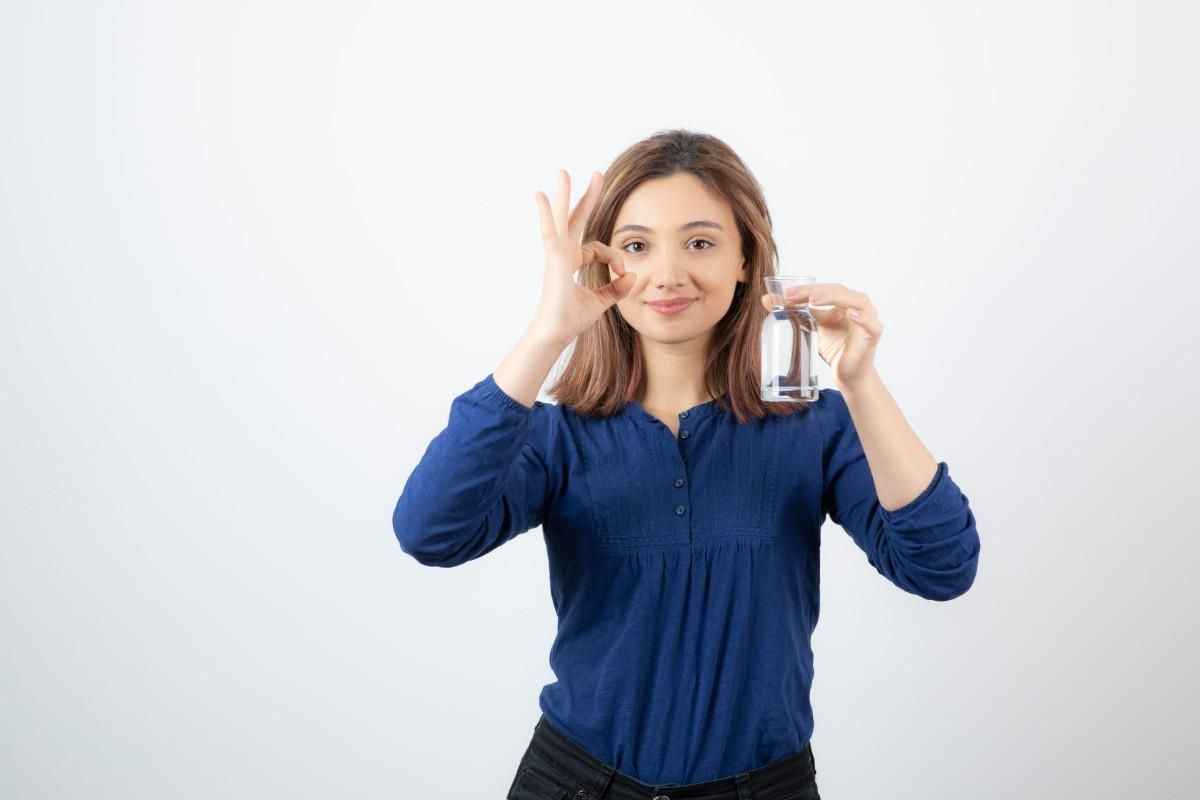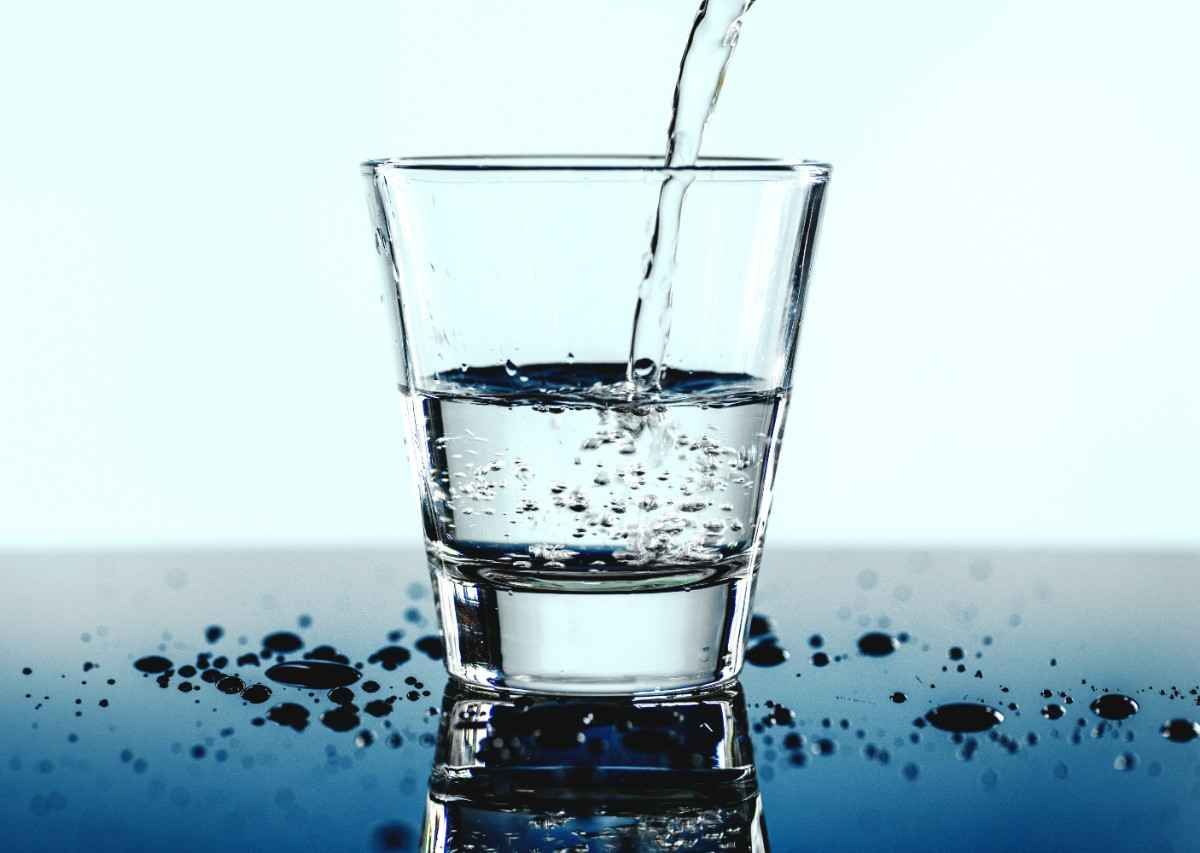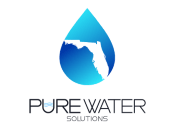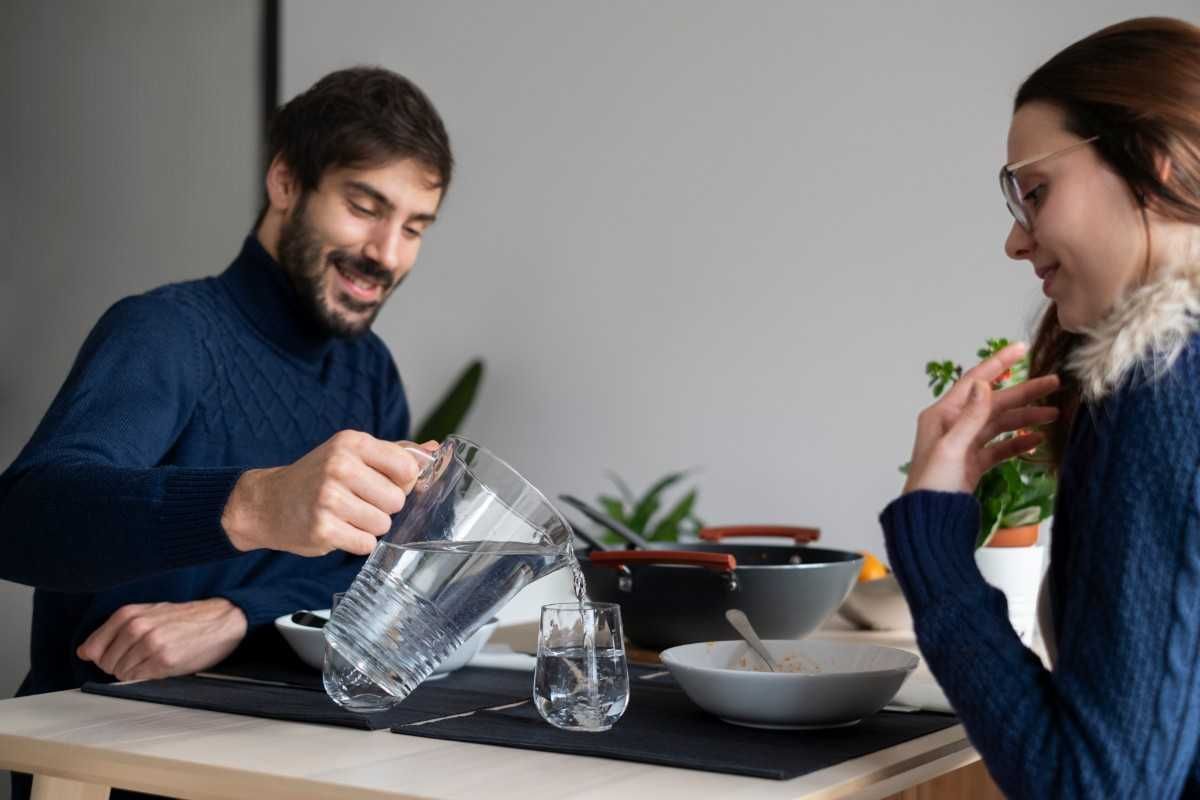How to Make the Water Filter: DIY Purification Secrets
How to Make the Water Filter DIY Purification Secrets

To make a water filter, first gather materials like a plastic bottle, sand, charcoal, and a cloth. Cut the bottom off the bottle, layer sand and charcoal inside, then add a cloth at the top.
Pour dirty water through the filter, collecting the clean water that comes out. This simple DIY method can help provide clean drinking water in emergency situations or for educational purposes. By following these steps, you can create a basic water filtration system using readily available items.
Remember to boil the filtered water before consumption for optimal safety. This homemade water filter project is a great way to learn about water purification and sustainability.
Introduction To Diy Water Filtration
Making your own water filter at home is not only a fun and educational project, but it also provides a practical solution for ensuring access to clean and safe drinking water. In this guide, we will explore the reasons why purifying water at home is important, as well as the numerous benefits of creating a homemade water filter.
Why Purify Water At Home?
Purifying water at home is essential to remove impurities and contaminants that may be present in untreated water sources. These impurities can include bacteria, parasites, and other harmful substances that can cause illness if consumed. By purifying water at home, you can ensure that the water you and your family drink is safe and free from potentially harmful contaminants.
Benefits Of A Homemade Water Filter
Creating a homemade water filter offers several benefits, including cost-effectiveness, sustainability, and the ability to customize the filtration process to suit your specific needs. Additionally, homemade water filters can be assembled using readily available materials, making them accessible to a wide range of individuals. By understanding the benefits of homemade water filters, you can take a proactive approach to ensuring access to clean and safe drinking water in your home.
Essential Materials For Building A Water Filter
Constructing a water filter requires essential materials such as activated charcoal, sand, and a plastic bottle. By layering these components, you can effectively purify water for safe consumption. Follow the simple steps to create a DIY water filtration system at home.
Gathering Supplies
To build a water filter, you need the essential materials readily available. These supplies can typically be found at hardware stores or online.
Understanding Filter Media Options
When it comes to selecting the filter media for your water filter, you have various options to consider. Each type of media has its unique filtering properties.
Step-by-step Guide To Assembling Your Water Filter
Crafting your own water filter is a simple process that can be done using common household items. Begin by cutting the bottom off a plastic bottle, layering sand and gravel inside, and topping it with a coffee filter to sift out impurities.
Next, pour dirty water into the makeshift filter and watch as it transforms into clean, drinkable water.
Cutting And Preparing The Water Bottle
To begin assembling your water filter, start by preparing the water bottle. Thoroughly clean the plastic bottle and remove the cap. Using a sharp pair of scissors, carefully cut off the bottom of the bottle. Ensure the edges are smooth to prevent any damage to the filtration materials.
Layering The Filtration Materials
Once the bottle is prepared, it's time to layer the filtration materials. First, place a layer of small rocks or gravel at the bottom of the bottle. On top of the rocks, add a layer of activated charcoal, which will help to remove impurities and odors from the water. Follow this with a layer of sand, which will further filter the water.
Activating Charcoal For Enhanced Purification
The Role Of Activated Charcoal
Activated charcoal plays a crucial role in enhancing the purification process of water filters. It is highly effective in removing impurities and contaminants from the water, ensuring clean and safe drinking water.
Preparing Charcoal For Use
Before using charcoal in water filters, it must be properly prepared to maximize its purifying capabilities. Activating the charcoal involves exposing it to high temperatures, creating tiny pores that trap impurities and pollutants in the water.
Maximizing Filtration Effectiveness
Arranging Filter Layers Correctly
When creating a water filter, ensure to stack the layers correctly for optimal filtration.
Place coarse materials like gravel at the bottom followed by finer materials like sand and activated charcoal.
Maintaining Water Flow
It is crucial to maintain a steady flow of water through the filter to enhance its effectiveness.
Regularly check for clogs and ensure proper water flow for efficient filtration.
Testing Your Diy Water Filter
After you've built your DIY water filter, it's crucial to ensure that it effectively removes impurities and provides clean, safe drinking water. Testing your water filter is a critical step to guarantee its efficiency and reliability.
Conducting A Clarity Test
One way to test the effectiveness of your DIY water filter is by conducting a clarity test. This test involves pouring untreated water through the filter and observing the clarity of the filtered water. If the water appears cloudy or contains visible particles after filtration, it indicates that the filter may not be effectively removing impurities.
Ensuring Water Quality
Another essential aspect of testing your DIY water filter is to ensure the quality of the filtered water. This can be achieved by conducting water quality tests to check for the presence of contaminants such as bacteria, heavy metals, and other harmful substances. Using water testing kits or seeking professional water quality analysis can help verify the effectiveness of your homemade water filter.
Sterilizing Filtered Water For Safe Consumption
Ensure the safety of your drinking water by sterilizing filtered water. Boil the water for at least one minute to kill any harmful bacteria and viruses, making it safe for consumption. This simple method is an effective way to purify water and protect your health.
Boiling As A Post-filtering Step
After filtering water, boiling is a crucial step to ensure sterilization. Boil the filtered water for at least 1 minute to kill any remaining bacteria and pathogens.
Alternative Sterilization Methods
Aside from boiling, there are other sterilization methods to make filtered water safe for consumption. UV sterilization, chlorine tablets, and iodine are effective alternatives.
Maintaining And Improving Your Water Filter
Once you have successfully built your water filter, it is essential to maintain and improve its functionality to ensure that you continue to receive clean and safe drinking water. This involves regular cleaning and replacement of filter components as well as troubleshooting common issues that may arise. By following these steps, you can prolong the lifespan of your water filter and optimize its performance.
Cleaning And Replacing Filter Components
Regular cleaning and replacing of filter components are crucial to maintain the effectiveness of your water filter. Here are some steps to follow:
- Clean the filter media: Remove the filter media and rinse it thoroughly with clean water to remove any accumulated debris or contaminants.
- Inspect the filter housing: Check the filter housing for any signs of damage or wear and tear. Replace the housing if necessary to prevent leaks or inefficiencies.
- Replace filter cartridges: If your water filter uses cartridges, make sure to replace them according to the manufacturer's recommendations to ensure optimal filtration.
- Sanitize the system: Periodically sanitize the entire water filter system to eliminate any bacteria or mold that may have accumulated.
Troubleshooting Common Issues
It's important to be able to troubleshoot common issues that may affect the performance of your water filter. Here are some common problems and their solutions:
- Slow filtration: Check for clogs in the filter media or cartridges and clean or replace them as needed.
- Strange taste or odor: This could indicate the need to replace the filter media or cartridges, or it may be a sign of bacterial growth. Sanitize the system and replace the filter components if necessary.
- Leakage: Inspect the filter housing and connections for any signs of leakage, and replace any damaged parts.
- Reduced water flow: This may be caused by a clogged filter or a malfunctioning pump. Check and clean the filter, and inspect the pump for any issues.
Exploring Commercial Filtration Systems
Learn how to make a commercial filtration system to filter dirty water and make it clean. This science project can be done with simple materials such as sand, charcoal, and a plastic bottle, and is perfect for school projects or DIY water filtration inspiration.
Comparing Diy To Store-bought Filters
When it comes to water filtration, there are a variety of options available in the market. One of the most popular options is the store-bought filters that are easily available in supermarkets. These filters can be used to filter out impurities from tap water and are easy to use. However, if you are looking for a more cost-effective and customized solution, a DIY water filter can be an excellent option. DIY water filters can be made using readily available materials like sand, charcoal, and gravel. They are easy to make and can filter out impurities from water effectively.
When To Consider A Professional System
While DIY water filters can be a good option, there are times when a professional filtration system is necessary. For example, if you live in an area with contaminated water sources, a professional system can provide better filtration and purification. Professional water filtration systems are also necessary for large households or commercial spaces that require a high volume of filtered water. Additionally, a professional system can be customized to meet specific filtration needs, such as removing fluoride or arsenic from water sources.
Creative Expansions For School Projects
Adding Educational Value
Building a water filter for a school project provides a hands-on experience that teaches students about the importance of clean water. It offers an opportunity to explore science, engineering, and environmental sustainability in a practical way. Students can learn about the filtration process and the significance of removing impurities from water.
Demonstrating Filtration To Others
Once students have constructed their water filters, they can demonstrate the filtration process to their peers, teachers, and parents. This allows them to educate others about the importance of access to clean water and showcase their problem-solving skills. Additionally, it fosters a sense of community engagement and leadership among the students.
Frequently Asked Questions
Question: How Do I Make A Homemade Water Filter?
Answer: To make a homemade water filter, gather a plastic bottle, activated charcoal, sand, and gravel. Cut the bottle in half, layer the materials inside, and pour dirty water through it. The filter will remove impurities, producing cleaner water suitable for drinking.
Question: How Are Water Filters Made?
Answer: Water filters are made using activated carbon filters from materials like coal, wood, or coconut shells. These filters can remove contaminants such as metals, solvents, pesticides, and more from drinking water.
Question: How Do You Make An Instant Water Filter?
Answer: To make an instant water filter, gather a plastic bottle, activated charcoal, sand, and gravel. Cut the bottom of the bottle, layer the materials inside, and pour dirty water through the top. The filter will trap impurities, providing cleaner water.
Boiling the filtered water is recommended for safe drinking.
Question: How To Filter Dirty Water Into Clean Water?
Answer: To filter dirty water into clean water, use a clean cloth or coffee filter. Let it settle, then remove the clear water. Consider using a portable water filter with small enough pores to remove bacteria and parasites. Follow the manufacturer's instructions carefully.
Final Thought
Creating your own water filter at home is a rewarding and practical way to ensure you have access to clean, safe drinking water. By using DIY purification methods such as activated charcoal, sand, and gravel filters, you can effectively remove impurities and improve the quality of your water. These simple techniques empower you to take control of your water supply, providing peace of mind and promoting better health for your family.
At Florida Pure Water Solutions, we understand the importance of clean water and are dedicated to helping you achieve the highest standards of water purity. While DIY methods are great for temporary solutions, our advanced whole home filtration systems, water softeners, and purification services offer a more permanent and reliable solution. Our team of experts is ready to assist you with customized water treatment options tailored to your specific needs.
For professional water treatment services and free in-home water tests, visit our website and discover how Florida Pure Water Solutions can enhance your water quality. Don’t settle for anything less than the best when it comes to your family’s health and safety. Contact us today to learn more about our comprehensive range of residential water treatment services.
